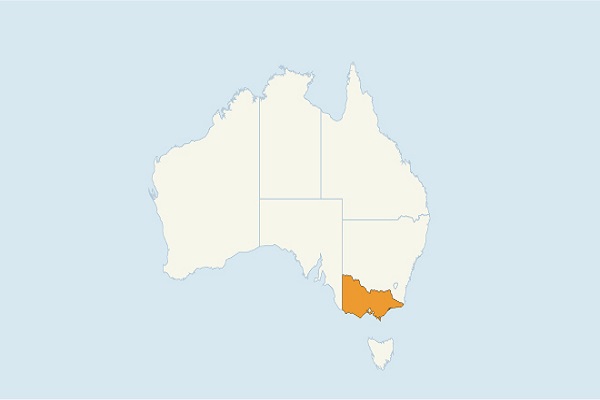Diverse state
Stories of people and towns
Here, you will find stories about our people, the town and cities we live in, and events that are culturally significant. The stories here are diverse and cover several issues revolving around the ordinary and daily lives of people, the communities, and more. Here are some of the stories on the website;
An Eye for Eucalypts
Stan Kelly lived between 1911 and 2001 in Ararat, where he was born and lived, he was regarded as a talented painter of flowers and plants and an engine driver. He was an amateur with a difference; he was determined. He painted on a table at home and taught botanical art in Ararat. Today, he is recognised as one of the premier botanical illustrators in Australia and his works on eucalypts is his most popular. His first book published in 1949 was on eucalypts, Australian Eucalypts in Colour and he subsequently published his most famous work which was Eucalypts Volumes I & II in 1969. This book is regarded as a key reference for those studying Australian botany. In 1980, he received an Order of Australia Medal and later on in 2009; he received posthumous honour with a selection of his botanical illustrations used for the ‘N’ series Australian passport. A permanent exhibit on the man, Stan Kelly and his fantastic works including his painting collection is permanently on exhibition at the Langi Morgala Museum in Ararat. The National Herbarium of Victoria, Royal Botanic Gardens Melbourne also exhibits a collection of Kelly’s watercolour paintings.

A Station with a Town Attached
When Mark Twain toured Australia in 1895, he referred to the Maryborough station as a governmental curiosity. This town is indeed now known for its train station. It is one of the largest train stations in the country and was built as part of a vision of a Victoria connected by rail, Maryborough was to serve as a crucial junction between Warrnambool, Geelong, Ararat, Ballarat, Bendigo Wimmera, and Melbourne. The station was originally built in 1874, but in 1884, members of the parliament started asking for a much bigger station. This led to the construction of the new building in 1890 to 1891, and it had 25 rooms, Flemish gables, a large portico, ornate clock tower, and a platform veranda that was the country’s Victoria longest.
Against the Odds: The Victory Over Conscription in World War One
During the first world war, there were two referendums in Australia on whether the Commonwealth government should have power to conscript young men, make them part of the military services and send them overseas to fight the war. The campaign against the conscription was very strong, and the citizens said No with till today is the great peace movement success in Australia. However, the campaign was not without its casualties in terms of a split in organisations, workplace, and families. It was definitely impactful.
